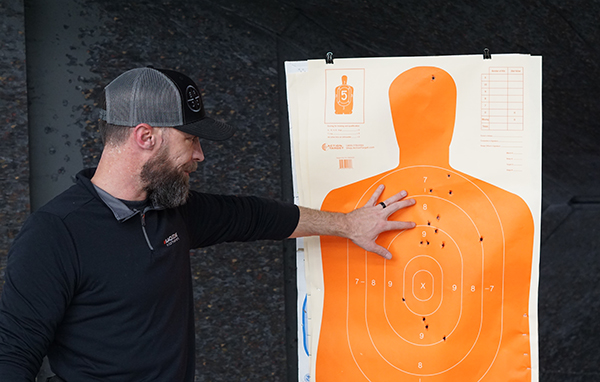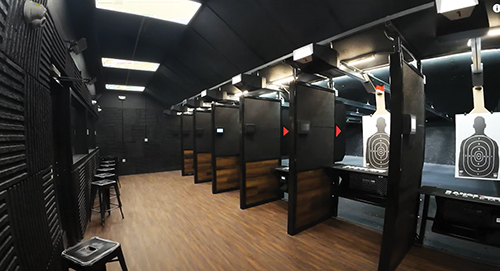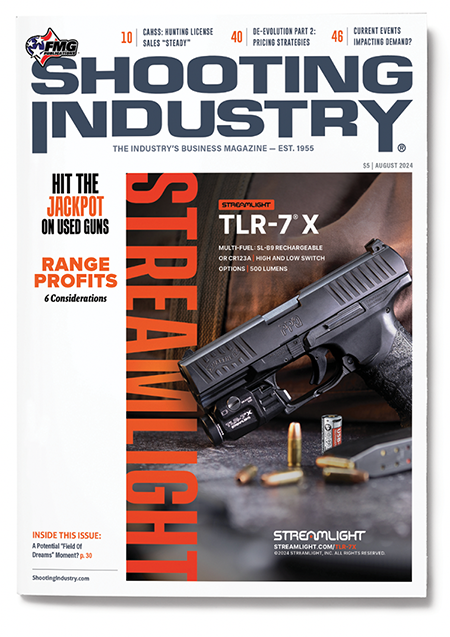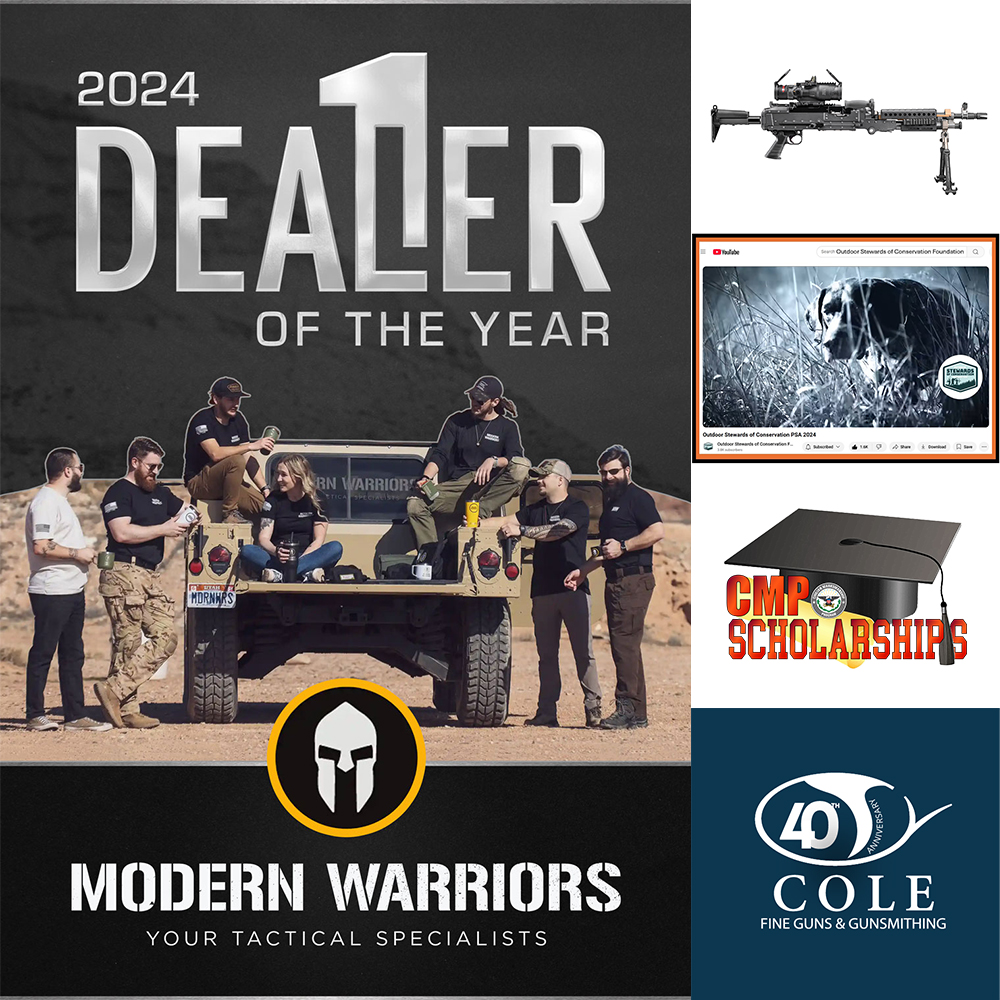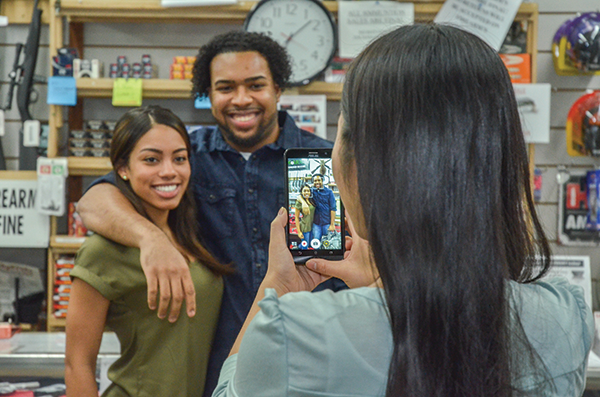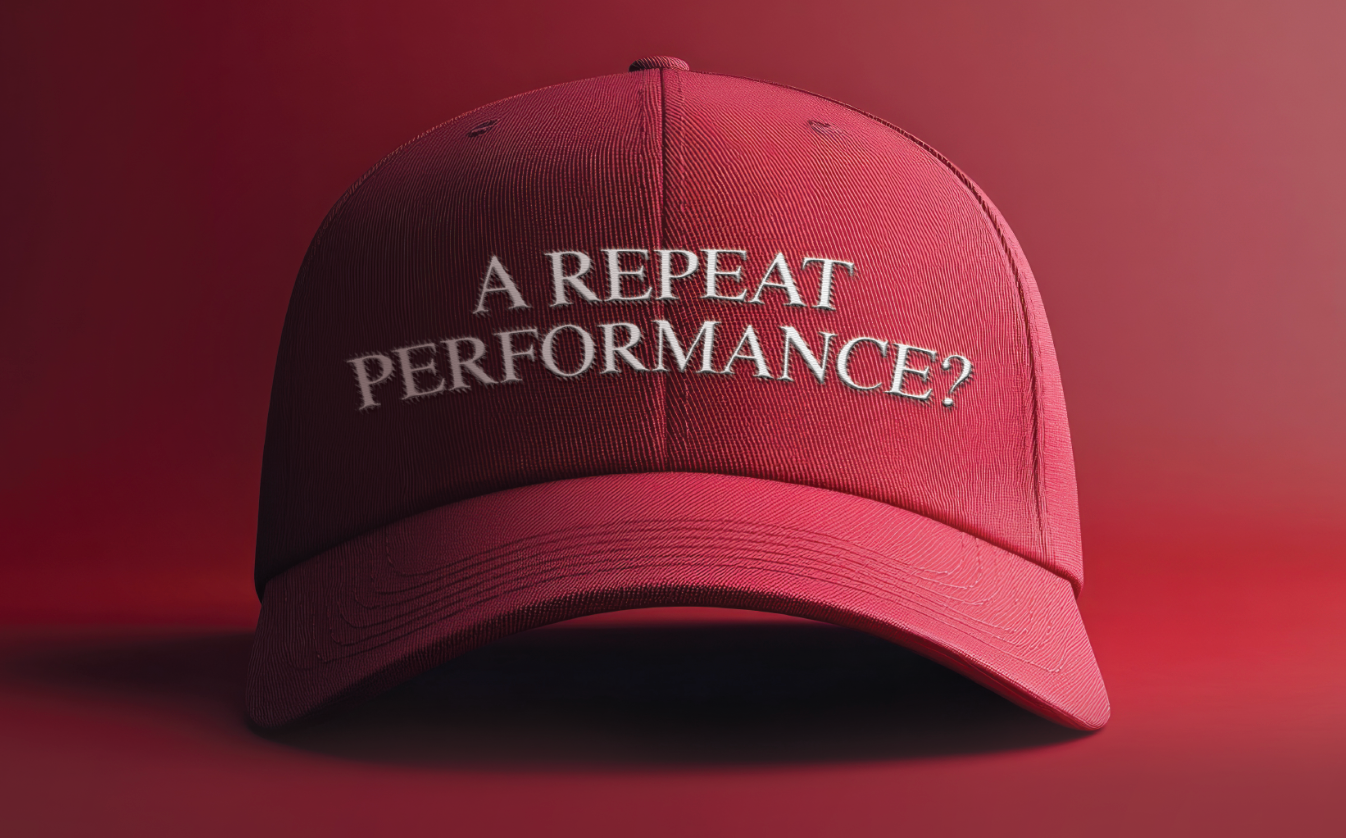Revenue Reload
6 Considerations To Expand Range Profits
Having a range is no small expense. Therefore, you need to make every dollar count — especially during slower periods. Here are six thoughts for range operators to consider.
1. Target Pricing
The first three points start right at the check-in counter. How many profit dollars are you leaving on the table at range check-out/check-in?
Let’s start with the small stuff, like good old paper-and-ink targets. Bennett Parrett and Brent King of Gun Fun Targets, who together visit 350 ranges a year and really study the target market, recommend 12 to 16 choices of targets. To keep it fresh, they say to change out half of your target selection every six months.
When was the last time you reviewed your pricing on targets? Many ranges I visit around the country sell standard targets for $1.99 without pushback from customers; you can offer smaller sizes for less. If you’re under $1.49, consider going up and putting some more profit dollars in your pocket. A good way to gauge if you’re too high is to watch how many shooters bring in their own targets.
Another good idea is bundling targets; this moves your sales dollar amount up. After all, you pay your cashiers the same amount to ring up one target versus three, so why not offer a three-for-six pricing option? Premade bundles are also a great way to get rid of slow-selling targets. Are all of your targets silhouettes? Do you have any balloons, barn doors or bright colors? Be sure to offer different and unique targets for the various holidays and seasons to keep it fresh.
Splatter targets, such as those from Shoot-N-C and others, give shooters instant feedback and provide a more enjoyable visit to your range. (Yes, I know the ones that stick to target backers can become stuck on the range floor; there are plenty of nonstick versions available.) My experience has been shooters using splatter targets change them more often than paper targets.
When I operated a range, we came up with a simple way to increase sales of splatter targets. We took three targets — one with a black target area (hard-to-see the hits); a Shoot-N-C target, when hit, the area changed to neon green; and a Dirty Bird style, where the hit area changed to white — and scattered four shots into each one. We then had these framed and hung them side by side on a wall about 10 yards from the check-in counter.
When assigning shooters a lane we’d ask, “Would you like regular targets or ones you can see?” — while pointing at the framed targets. Many times they’d answer, “Wow, I can actually see the hits. I want the one in the center.”
Lastly, have you tried blacklights in your range with special inked targets for a uniquely fun night? Blacklight target shoots are not just for Halloween, just like silent night shoots for suppressors aren’t just for Christmastime.
2. Safety Products
Ear protection, of course, is required to be worn in the range — but are you maximizing profits in this high-margin category?
Some ranges are buying low-price models in bulk without clamshell packaging to save cost. But premium options, like electronic earmuffs, are becoming the norm. Cost has come down, and options are up.
Many manufacturers offer programs where a strong order will provide a few free or super low-cost pairs for staff or demo use by customers. Having your students wear electronic ear protection sure makes classes run smoother out on the range.
Improvements have also been made recently in passive-type muffs. Pro Ears offers a new model with liquid cushions for ultimate comfort (wear liquid cushioned for a day and you won’t go back) with 29 dB of protection for under $17. In the past, you couldn’t buy the liquid pads alone for less than $30.
Don’t forget about the lowly shooting glasses. Make sure you have room to increase the sell price of these little moneymakers. Plenty of ranges are selling these at the check-in counter for $3.99 or more. And don’t be afraid to promote these as ANSI spec glasses for other uses, like weed whacking, sawing or any activity needing safety glasses. Just like ear protection, eye protection offers many higher-end options that provide a great opportunity for upselling.
Displays are key to selling higher-end shooting glasses, especially displays at the check-in counter where shooters can try them on. Having a mirror on the display is a must. Most inexpensive glasses have clear or black frames. Your higher-end models can add some color to help justify the higher price. Are you offering glasses and ear protection for youth and others where standard-size equipment just won’t fit properly? Think about the long-term effect of putting a new shooter in glasses/ear protection that doesn’t fit them. Their shooting experience may go from fun to downright painful. Would you want to give our sport another try if the first experience was painful?
3. Sell Customers On Two Sides
Our last look at the range counter: Make sure you leave space on the counter to for other high-margin accessories — like snap caps (with a small sign explaining why they should be incorporated into training), maglula UpLULA loaders, etc.
Take a page from other retail retailers like Ace Hardware by selling to your customers on two sides while they’re in line to buy time. My local Ace Hardware has over 100 small items displayed from the time you get in line to the time you reach the checkout counter.
Envision this illustration with me: Design your range check-in/out area in such a way that while shooters are approaching the check-in desk, they see high-margin products displayed on either side of them. Use either slatwall or grid wire shelves; trays can be attached so you’re not limited to a product that hangs on a peg.
This all goes back to the point of buying eye/ear protection in bulk — just put them in bags in the tray.
4. Evaluate Pricing (Hint: Incremental Hikes Work)
Have you analyzed your range pricing lately? For years, I would see $20 per hour or per visit as the norm. Now I am finally seeing more and more ranges living in the $25 to $30 area. Think about how much “Bidenflation” has increased your costs; payroll has certainly gone up, as well as products you use every day like D-Lead soap, HEPA filters, etc. To keep your range in top shape, you need to recoup some of those increases for your business or you won’t stay in business.
With everything going up in price these days, customers are almost expecting it. In general, raising your range pricing incrementally is much better than waiting and having to do one large increase.
Captain Phil Diaz, owner of Warrior Gun Range in Doral, Fla., wanted to do more range upgrades (he already had Carey’s Small Arms Ventilation replace his old air system). To pay for them, he raised his range pricing from $15 to $18. His goal is to get to $20 — the extra money is going into the range-upgrade fund. Diaz reports little to no complaints from shooters and the fund is growing nicely.
As you raise prices for walk-in traffic, don’t forget to look over your membership pricing. Evaluate how the new range pricing looks against membership pricing.
Now would be a great time to highlight the savings of becoming a member against your new higher walk-in pricing. If you’re raising the membership rate to coincide with higher walk-in pricing, give your shooters another chance to join before new pricing kicks in — this can be a great way to add members and dollars in this slow part of the year.
5. Range Upgrades: Worth It?
Is it time or well past time to bite the bullet and do a full-blown range upgrade? Bill Robinson, owner of City Arsenal in Greenville, S.C., made this decision and work was completed on his 13-lane range in May.
Robinson removed older-style dividers/benches and replaced them with new models complete with a wood-looking base and motorized adjustable-height benches. Shooters love the motorized adjustable-height benches, where a push of a button brings the bench to the perfect height for each and every shooter. He also went from toggle-switch retrievers hanging on cables to new electronic models on a rail.
Another upgrade at City Arsenal was covering the old concrete floor with commercial-grade solid vinyl tile (SVT) flooring. The beauty of the wood look vs. concrete is stunning. Since it only comprised the area from the firing line to the wall behind the shooter (about 12′ or so), the cost was not significant.
If your goal is attracting new shooters, this type of flooring really softens the look. Check out Robinson’s finished product to see how well it all came together. He reports City Arsenal’s membership sales per month have more than doubled with the upgrades.
6. The Last Thing Customers Should Hear
A closing thought: Is your staff happy and cheerful checking out range customers or do you have a Debbie Downer telling them how bad their life is? The last thing your customers should hear as they leave your range is a hearty Thank You!
As the great coach Lou Holtz said, “Don’t tell your problems to people: 80% percent don’t care; and the other 20% are glad you have them.”

